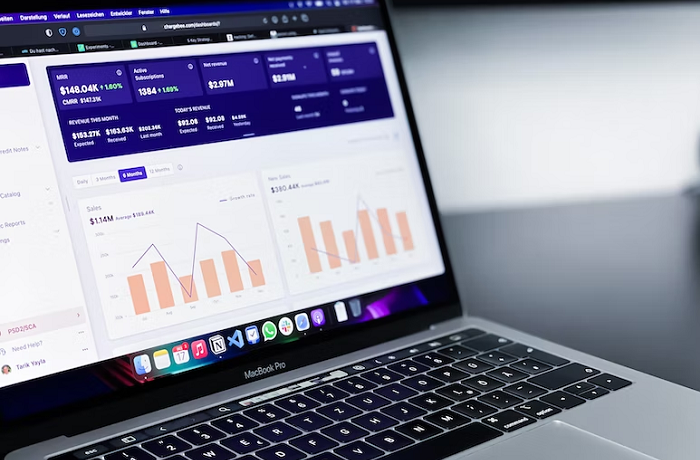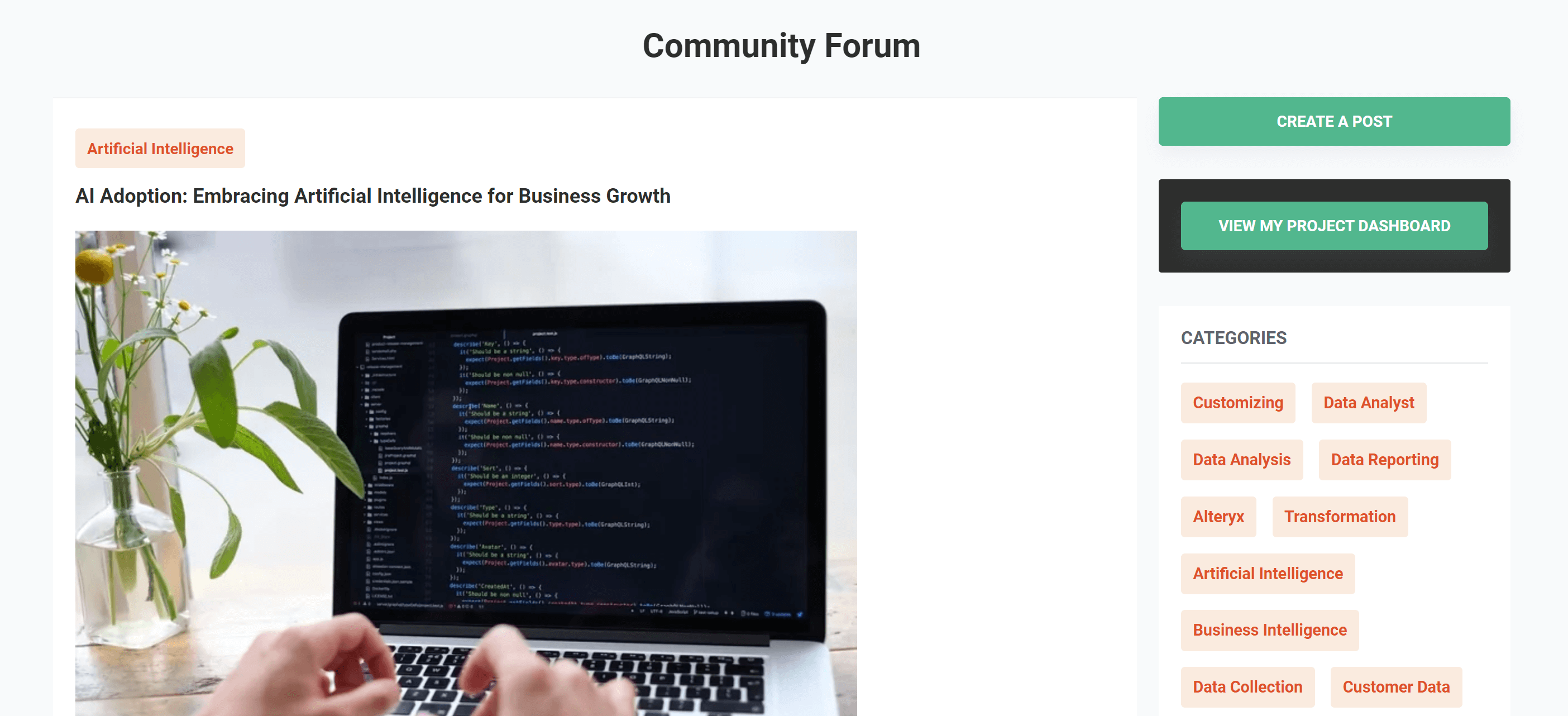How well does your company use analytics?

Table of content
Assess Your Capabilities
Gauge Employee Consensus
Fix Weaknesses and Enhance Strengths
Data Analytics Can Do More for Your Business
Conclusion
In today’s competitive landscape, every company is eager to tap into the potential of data and analytics. While industry giants like Amazon and Alibaba have seemingly cracked the code, many businesses are still grappling with where to begin. According to a 2021 study by NewVantage, only 39% of executives feel their organizations treat data as a valuable asset, and just 24% consider their companies truly data-driven. VentureBeat’s 2021 survey echoed this, revealing that only 13% of executives believe their organizations are successfully executing their data strategies. These numbers align with previous research from McKinsey, Deloitte, and BCG, which showed that many senior leaders are dissatisfied with their analytics results.
So, what sets the leaders apart from those struggling with data analytics, and how can companies that are lagging catch up—and even surpass—their competitors? We took a deep dive into this question by surveying over 300 senior executives across B2B industries. Our focus was on understanding how they approach data-driven decision-making and evaluating their performance across seven key areas of analytics capability:
- Culture: How widely is data and analytics recognized as a crucial strategic asset?
- Leadership Commitment: Are senior leaders genuinely supporting and promoting data and analytics initiatives?
- Operations and Structure: Are there effective systems and policies in place to ensure data accessibility?
- Skills and Competencies: Does the organization have the ability to recruit, train, and support the right talent?
- Analytics-Strategy Alignment: How well does analytics support both short- and long-term business strategies?
- Proactive Market Orientation: Can the organization use data to stay ahead of and anticipate customer needs?
- Employee Empowerment: Are employees encouraged to explore innovative data capture and analysis methods?
From our research, we identified three types of companies: data and analytics laggards, strivers, and leaders. We’ve developed a tool to help businesses determine where they fall on this spectrum and what they need to build on their analytics capabilities.
This tool not only helps identify a company’s strengths and weaknesses in analytics but also aids in prioritizing investments and resources. It provides benchmarks to track progress and fosters a shared understanding across the organization. This alignment is crucial for ensuring everyone is on the same page about data capabilities and supports those who directly interact with customers, playing a key role in the transformation process.
Assess Your Capabilities
Every organization starts its analytics journey from a different point. Some are advanced, while others are just beginning. No matter where you are, it’s essential to answer three key questions to enhance your capabilities: What is our current proficiency level? In which areas do we need improvement? And what steps should we take to optimize our data and analytics performance?
To evaluate your company’s capabilities, gather a diverse group of core employees and stakeholders from various management levels and functions. Include leaders from IT, marketing, and HR, as well as front-line staff from sales, marketing, and customer service. Think of this as a collaborative workshop where different perspectives can offer valuable insights and provide a comprehensive “reality check” on your company’s capabilities.
Ask each participant to individually rate various aspects of the company’s data and analytics using a scale from one (strongly disagree) to five (strongly agree). Then, average the scores to get an overall view of performance across the seven dimensions. This will highlight areas where the company excels or needs improvement.
Gauge Employee Consensus
For a successful analytics journey, it’s crucial to build consensus among key stakeholders and address any differences in perception. If participants from different functions or levels, like IT and marketing, have widely differing views on data capabilities, it’s important to explore these discrepancies. Conduct additional discussions to clarify and address these gaps, which can reveal underlying issues affecting performance, such as sales or profitability.
Aligning perspectives helps create a unified approach and consistent communication across the organization. When disagreements arise, understanding the root cause—whether it’s a lack of awareness about certain initiatives or fundamental issues in analytics capabilities—can guide targeted communications and solutions.
Fix Weaknesses and Enhance Strengths
Companies that complete our diagnostic often find a mix of strengths and weaknesses. Leaders should focus on critical dimensions that drive superior performance and address significant weaknesses. For those lagging behind, this means addressing fundamental issues. For leading companies, it’s about optimizing areas with room for growth.
Here’s a playbook to improve performance in each dimension:
- Enhance Culture: Integrate data analytics into everyday workflows, emphasize its strategic importance, and promote “data citizenship” throughout the organization.
- Strengthen Leadership Commitment: Show that senior leaders are dedicated to making data analytics central to success, use relatable case studies, and link analytics achievements to rewards.
- Optimize Operations and Structure: Harmonize data systems across departments, incentivize collaboration, and ensure data access is democratized while maintaining privacy and security.
- Hone Skills and Competencies: Train non-analytics employees to embrace data, help analytics staff communicate in business terms, and recruit talent with strong analytics skills.
- Increase Strategy and Analytics Alignment: Ensure analytics strategies support business goals, use insights to guide strategy, and avoid letting analytics overshadow business objectives.
- Boost Proactive Market Orientation: Use data to forecast customer needs, drive innovation, and create breakthrough solutions.
- Enhance Employee Empowerment: Educate employees on the benefits of analytics, integrate it into their daily tasks, and remove obstacles to effective data use.
Every company is on a continuous journey towards data and analytics excellence. There’s no final destination—only ongoing progress. By using our diagnostic tool and playbook, businesses can craft a personalized roadmap for improving their data capabilities, addressing weaknesses, and leveraging strengths for sustained competitive advantage.
Data Analytics Can Do More for Your Business
Embracing data analytics can be a game-changer for your business. However, if your current strategy isn’t hitting the mark, don’t worry—there are always options to refine and improve. Explore our platform, Pangaea X, to connect with data analysis professionals who can help tailor solutions to your needs. Reach out to us if you need support in optimizing your data strategy.
Conclusion
If you find your company struggling, you’re not alone. Our research reveals that many businesses are still in the early stages of becoming data-driven. The key is to understand where you stand, build consensus among your team, and focus on both addressing weaknesses and amplifying strengths.
Our diagnostic tool can help pinpoint your company’s current capabilities and guide your next steps. Embrace this journey as an opportunity for continuous improvement and strategic advantage.
For personalized support, check out Pangaea X, where you can connect with data professionals ready to tailor solutions to your needs. Reach out to us to turn your data into a powerful asset and drive your business forward.
Get your data results fast and accelerate your business performance with the insights you need today.



